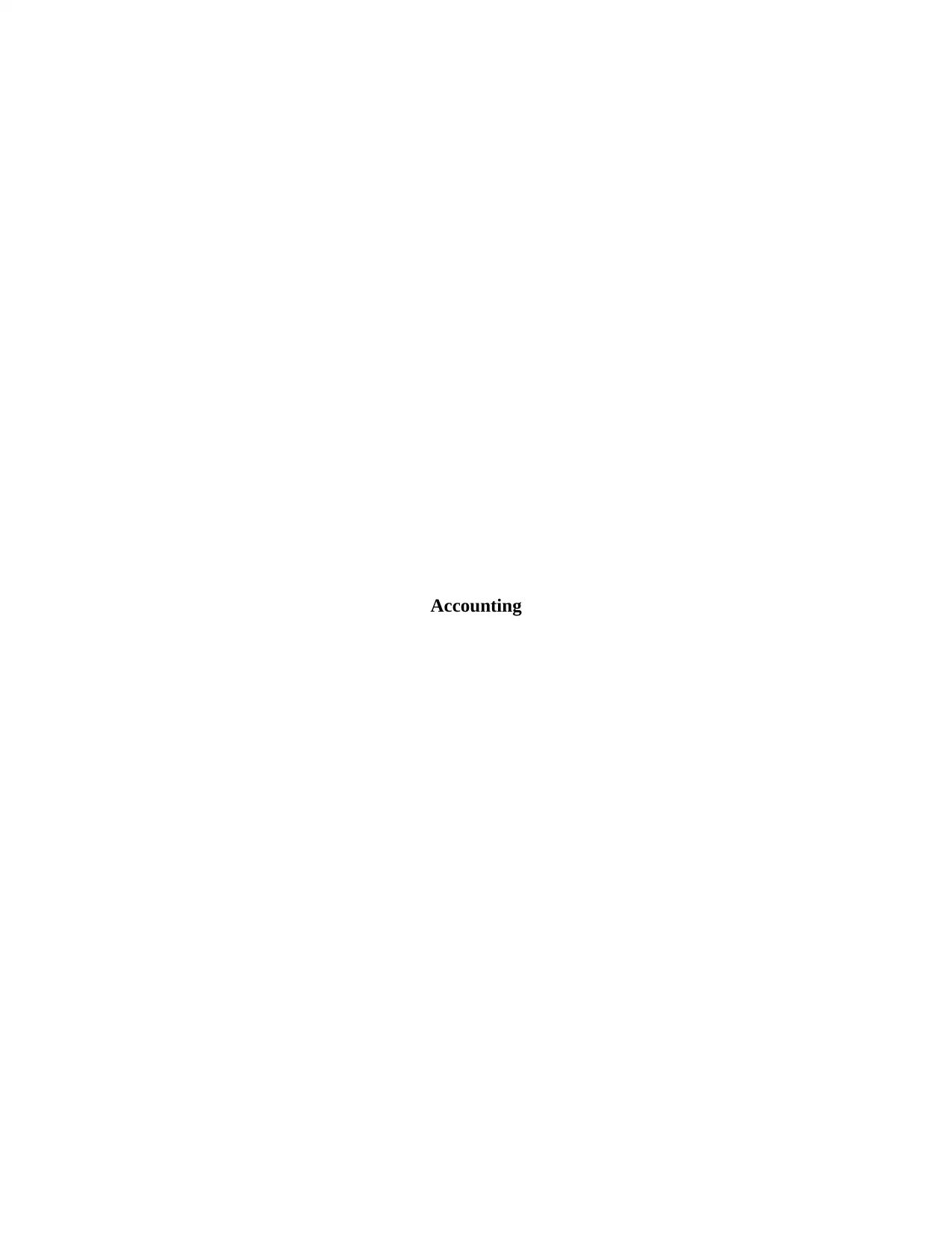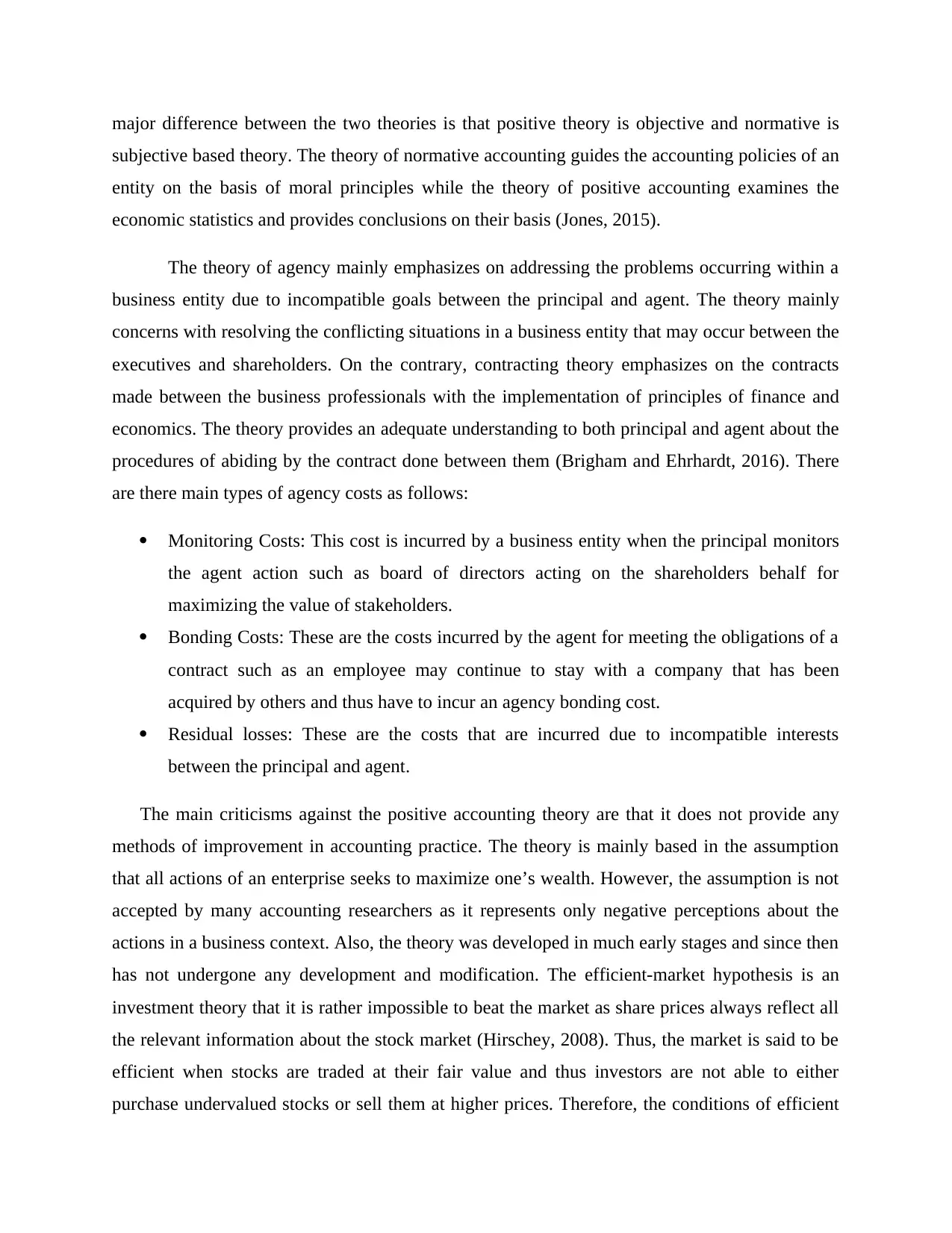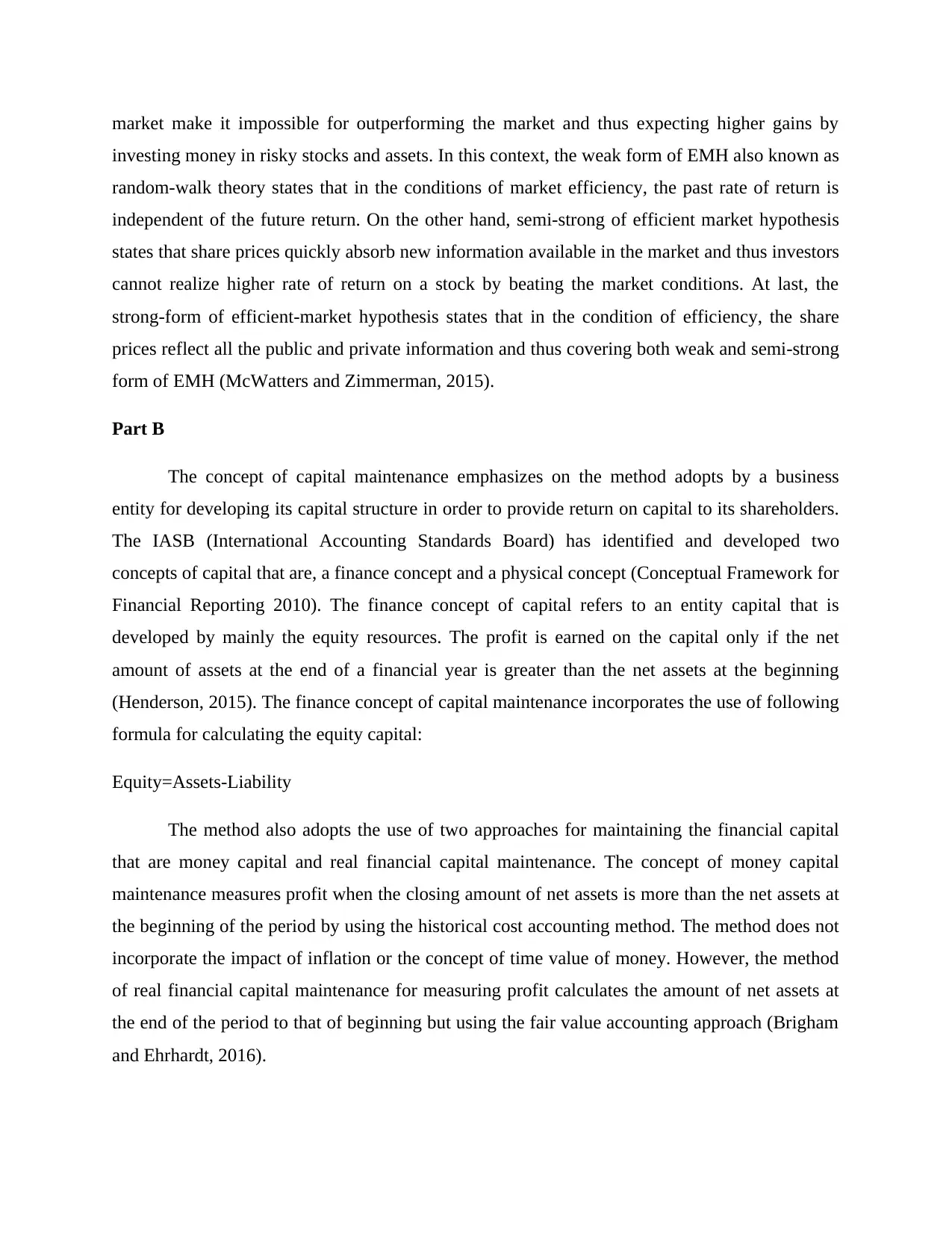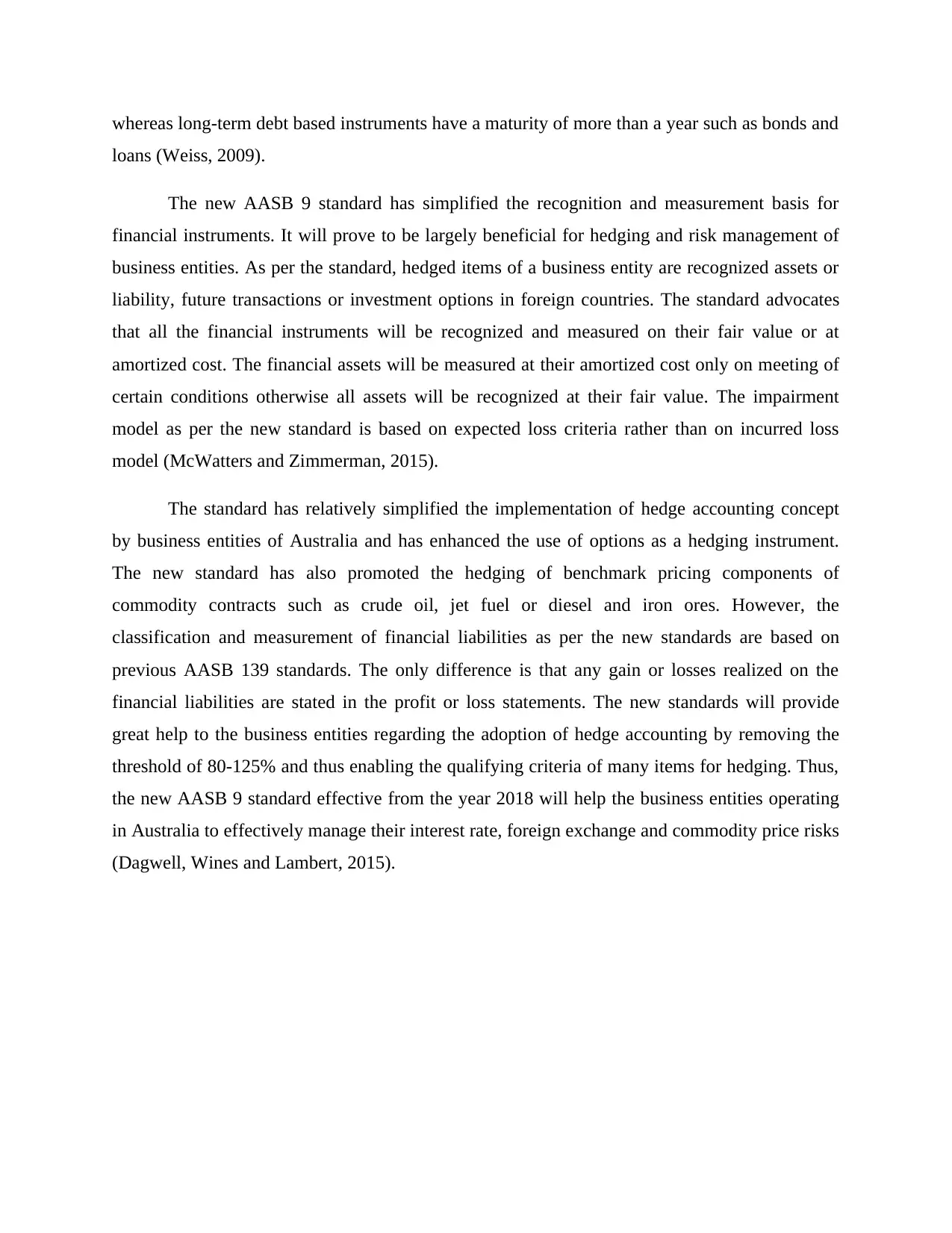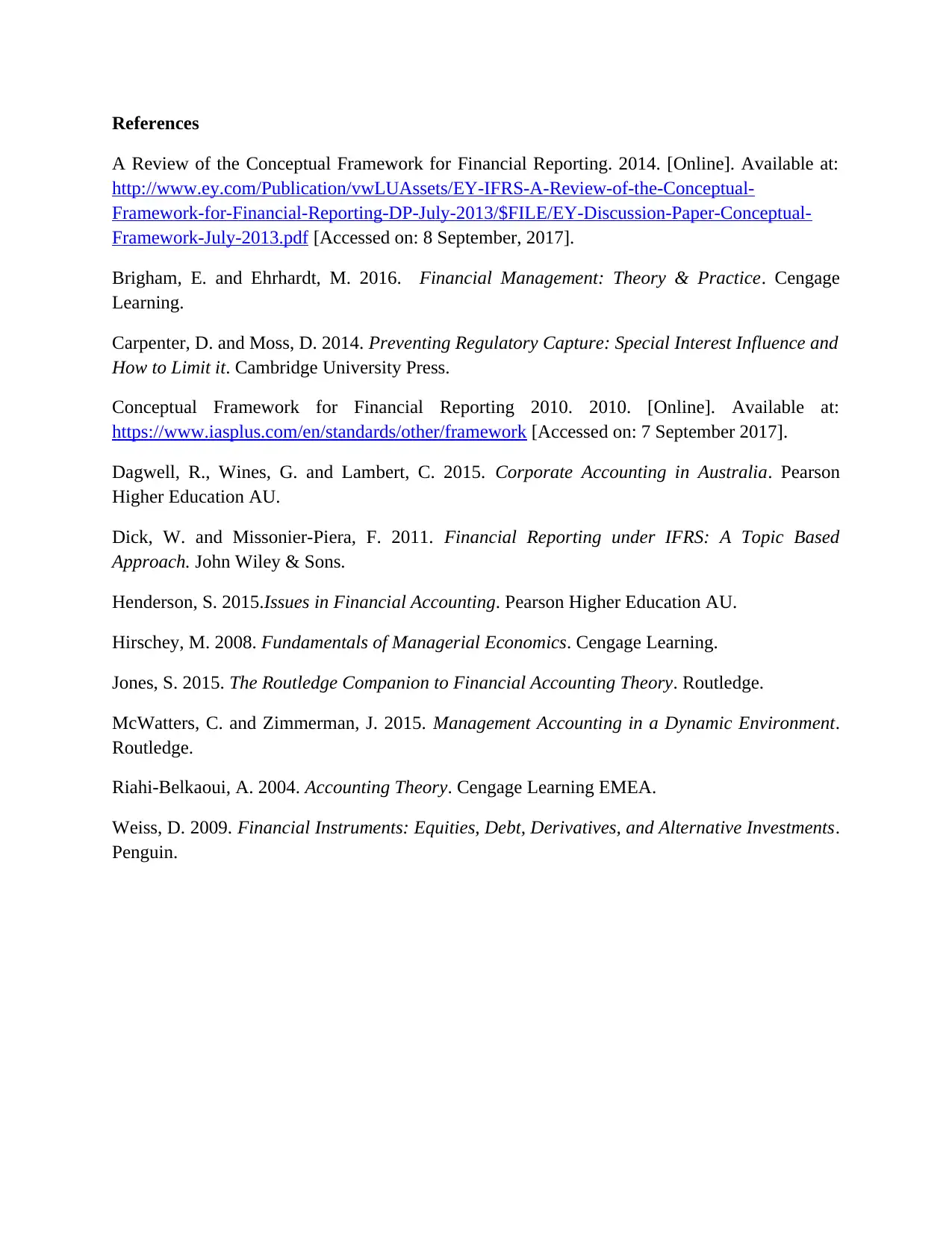According to the assignment content, if end-users are only concerned with operational efficiency, the IASB has not specified the type of capital maintenance method that should be used by business entities. However, the FASB conceptual framework recommends using financial capital maintenance method. Additionally, the AASB 139 Financial Instruments: Recognition and Measurement standard is being replaced by AASB 9 Financial Instruments standard effective from 2018. The new standard simplifies the recognition and measurement basis for financial instruments, promotes hedging of benchmark pricing components, and removes the threshold for hedge accounting. This change will benefit business entities in Australia regarding risk management and adoption of hedge accounting.
![[object Object]](/_next/static/media/star-bottom.7253800d.svg)
![[object Object]](/_next/static/media/star-bottom.7253800d.svg)
